2020 Nissan Sentra First Drive - Back in the Game

I was focusing on the road while piloting the 2020 Nissan Sentra down the canyon roads just outside Los Angeles, yet somehow I didn’t notice the previous-generation Sentra headed in the opposite direction that my drive partner pointed out.
In fact, I had a hard time even picturing in my head what the outgoing Sentra looks like. That’s because, like the cheaper Versa, the old Sentra had become quite forgettable.
And just like the newest Versa, the newest Sentra is actually memorable again.
(Full disclosure: Nissan flew me to Los Angeles, put me in a nice hotel, and fed me.)
The 2020 Sentra has the same overall look as other sedans in the Nissan stable. Normally I’m not a fan of companies using similar design throughout the lineup, differentiating only by size, but the strategy works here. It makes the Sentra look sharp as opposed to the forgettable (there’s that word again) blob of meh the previous-gen car was. The car also looks larger than it is, perhaps thanks to being 2 inches lower and wider than previous.
Inside, the redesign brings about nicer materials that also look more upmarket than before, although the Sentra gets the slapped-on infotainment screen that drives this author nuts.
Underhood is a 2.0-liter four-banger that makes 149 horsepower and 146 lb-ft of torque. It’s the only engine choice, and the continuously-variable automatic transmission (CVT) is the sole transmission. Sentra is front-wheel-drive only.
Compact sedans are mostly meant to be reliable transportation, but being engaging never hurt anyone. This new Sentra won’t be the enthusiast’s choice – look at Mazda, VW, or Honda for that – but it’s at least on par (or close to on par) with the Hyundai Elantra. There’s actual heft from dual-pinion electric power steering, and a decent amount of feedback. The standard multi-link independent rear suspension is helpful.
Just because the Sentra handles relatively well doesn’t make the presence of the D-shaped steering wheel any less laughable. If I were Nissan, I’d save that for a NISMO or SE-R trim, should one ever come about.
Sentra’s ride is just fine on smooth Southern California roads, but we’ll have to wait and see how it deals with Midwestern potholes. Wheel sizes are 16-, 17-, and 18-inch.
Interior materials seem upmarket for the price, with the cheapest materials being out of easy sight and reach. Rear-seat room was surprising, although the front seats were a bit short in terms of thigh bolstering.
The CVT whines predictably when the go pedal is pressed hard, although it does perform “step” gear changes. Sentra’s relative lightweight amount of power is perhaps the car’s biggest on-road flaw – you’ll have jusssst enough juice for around-town cut-and-thrust and perhaps freeway merging, but not for much else.
No one will confuse this car for a compact sportster, but it’s lively enough around-town (at least in terms of handling, if not acceleration) to be acceptable, especially for this price point.
That price point is $19,090 to start, not including the $925 destination fee. That’s for the base S trim. There’s two other trims, SV and SR.
Standard features include Nissan’s SafetyShield 360 suite of driver-assist aids (automatic emergency braking with pedestrian detection, lane-departure warning, blind-spot warning, rear cross-traffic alert, and rear automatic braking), push-button start, rear-door alert, USB port, Bluetooth, active ride control (works to keep things level under acceleration and braking), intelligent trace control (assists in cornering), and forward-collision warning.
SV trims add 16-inch wheels, Apple CarPlay and Android Auto, 8-inch touchscreen, satellite radio, leather-wrapped steering wheel, three USB ports instead of one, remote keyless entry, heated exterior mirrors, dual-zone climate control, remote start, and smart cruise control. All for $20,270. A Premium package bumps the price to $22,730 and adds “jewel style” LED headlights, moonroof, 8-way power driver’s seat, 17-inch wheels, leather seats and shift knob, and heated front seats.
SR models add 18-inch alloy wheels, LED headlights and fog lamps, rear spoiler, exhaust finisher, leather shift knob, black-pained heated exterior mirrors, and orange seat trim. That’s for $21,430, while a Premium package pushes the price to $23,600 and adds the same “jewel style” LED headlights, moonroof, and 8-way power driver’s seat as the SV Premium, plus Bose audio, uplevel seats with orange stitching, heated front seats and steering wheel, around-view camera, auto-dimming rearview mirror, and illuminated vanity mirrors.
The only major feature missing is factory nav, but CarPlay/Android Auto can be used to navigate.
The SR Premium I drove cost $25,325. Two-tone (orange/black) paint added $595, and floor mats another $205.
Fuel economy is listed by Nissan (the Sentra doesn’t yet appear on the EPA’s fuel-economy site) at 29 mpg city/39 mpg highway/33 combined in S and SV models, and 28/37/32 for SV trims.
This new Sentra probably won’t drive you wild with excitement, but it’s a far better package than what it replaces. It looks better inside and out (and the higher-trim interior looks fairly upscale), it handles well enough, the steering isn’t a ball of mush, the ride is pleasant. It only lacks for power (and factory nav).
It’s also comfortable and quiet (unless you rouse the CVT). Nissan isn’t trying to sell the Sentra as anything but a solid commuter car that won’t break the bank or leave you embarrassed, and that’s exactly what this car is.
The last Sentra was anything but memorable. While the new one won’t be on bedroom wall posters, it will at least be on shoppers’ minds.
[Images © 2019 Tim Healey/TTAC]

Tim Healey grew up around the auto-parts business and has always had a love for cars — his parents joke his first word was “‘Vette”. Despite this, he wanted to pursue a career in sports writing but he ended up falling semi-accidentally into the automotive-journalism industry, first at Consumer Guide Automotive and later at Web2Carz.com. He also worked as an industry analyst at Mintel Group and freelanced for About.com, CarFax, Vehix.com, High Gear Media, Torque News, FutureCar.com, Cars.com, among others, and of course Vertical Scope sites such as AutoGuide.com, Off-Road.com, and HybridCars.com. He’s an urbanite and as such, doesn’t need a daily driver, but if he had one, it would be compact, sporty, and have a manual transmission.
More by Tim Healey
Latest Car Reviews
Read moreLatest Product Reviews
Read moreRecent Comments
- Steve Biro There are 24 races on this year’s F1 schedule. And I guarantee you no more than two will be reasonably exciting, Meanwhile, F1’s reception for Andretti reveals the dark underbelly of the sport. I have followed F1 since the 1960s and, frankly, I am running out of interest. I’ll catch a race if it’s convenient but won’t bother DVRing them.
- YellowDuck Been watching since the 80s, seriously since the 90s once we had reliable TV coverage. I'm in Canada though. Hey, and don't forget that the Interlagos race is also in a convenient time zone, as is Mexico. So that's 5 races in the Americas. Absolutely love it, but it takes a bit more interest in the technical / strategic side of things to really appreciate it. It's not just going fast in circles until someone crashes into someone else, while drunk people watch. The US can be proud of what it has contributed - Austin is one of the best tracks on the calendar, Vegas turned out to be much better than anyone could have hoped, and even Miami - a real Indy car-style track - produced a good race this year.
- JMII I watch every F1 race, same with Indycar which is 100X better in terms of actual racing.
- Dale Quelle surprise.
- 3SpeedAutomatic Nice looking, but IIRC, there was an issue with these engines where a knock would develop. That may account for the very low milage. 🚗🚗🚗




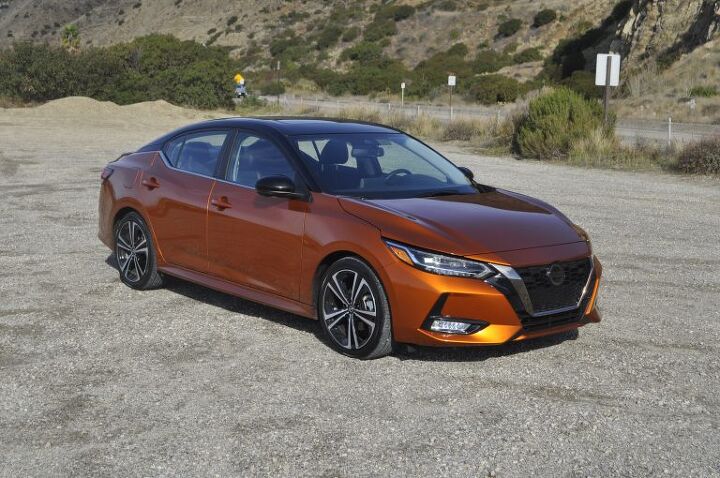
















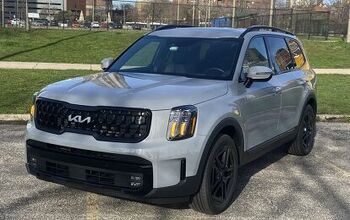
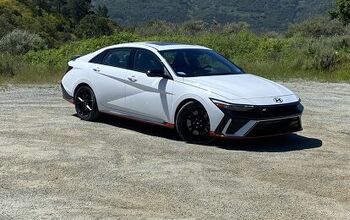
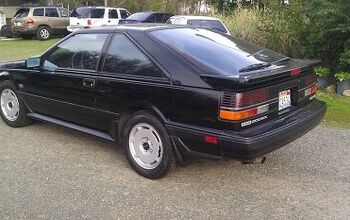
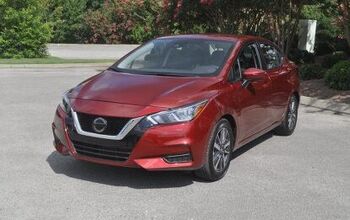
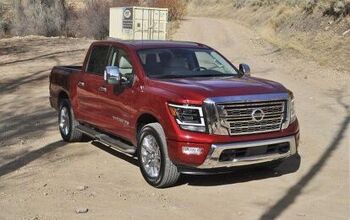
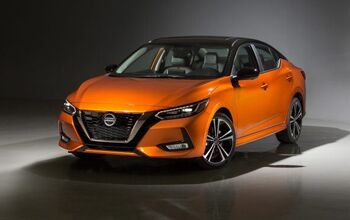
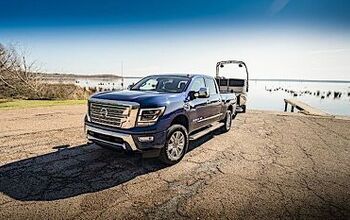
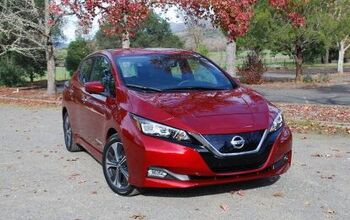


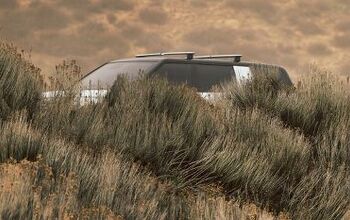
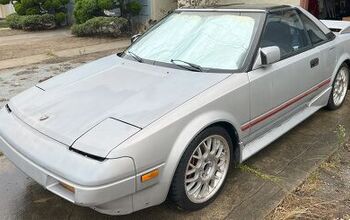



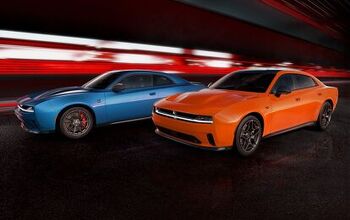
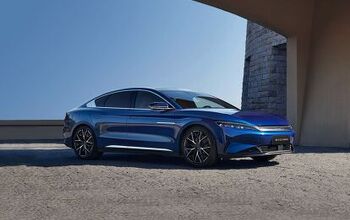

Comments
Join the conversation
Yes it is Jatco but Nissan is infamous for its bad CVTs. Aisin would be a better transmission. Sorry my mistake.
NO manual? No thanks. Even Toyota gets it.